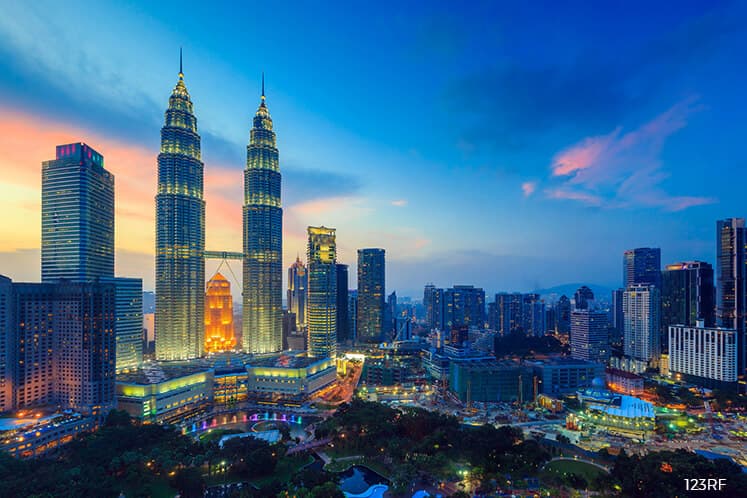
This article first appeared in The Edge Financial Daily on September 11, 2017
KUALA LUMPUR: Although the official poverty rate is a mere 0.6%, there are pockets of the poor in Malaysia that are comparable to parts of Africa and South Asia, says the author of bestselling book The Colour of Inequality.
Citing a range of statistics to illustrate this stark reality, Dr Muhammed Abdul Khalid, the founder and chief economist of economic and policy research consultancy DM Analytics, said that the nation should discard its “fetish” for gross domestic product (GDP) figures and strive to make growth inclusive.
Belying the national poverty rate, he said, specific groups in the country are much worse off than the growth numbers implied.
For example, poverty among the Orang Asli is 33%, Sabah bumiputera 20% and Sarawak bumiputera 7%. For the old, the rate is also higher than the national figure, Muhammed told a seminar entitled “Policy Imperatives to Drive Future Growth” last Thursday.
A particular concern is that of childhood poverty. According to the Economic Planning Unit’s Voluntary National Review report last month on the United Nations Sustainable Development Goals, the prevalence of stunted children below five years of age is at 20.7%.
This is higher than in some African countries, Muhammed noted, and a surprise given that Malaysia is an upper middle-income country.
“Let’s not get too obsessed with GDP,” he said. “How GDP is generated, whether it is inclusive and sustainable are more important.”
Instead, Muhammed suggested that attention be directed towards a number of key issues, including refocusing on poverty, fiscal policy reform and increasing development expenditure for poorer regions.
He pointed out that growth with equity is important for three main reasons: Firstly, low levels of inequality are associated with sustainable, stable growth; secondly, countries with high levels of poverty usually have many health and social issues; and thirdly, equitable growth is conducive to political and social stability.
Among other things, Muhammed pointed out that the gap between the richest and poorest states in Malaysia is widening.
For instance, he said, GDP of Kuala Lumpur is equivalent to that of South Korea, so if Kuala Lumpur were a nation, it would already be in the high-income category.
“On the other hand, Kelantan, one hour’s flight away, has a GDP that is between that of Sri Lanka and Indonesia,” said Muhammed.
Other insights into imbalances among particular groups include the finding that intra-ethnic disparity in wealth is the highest among the Chinese, rather than among bumiputera, as is commonly believed.
In terms of longevity, Indian males fare the worst, having the same life expectancy as in Bangladesh, a much poorer nation.
The seminar was co-organised by the Jeffrey Cheah Institute and the Malaysian Economic Association.